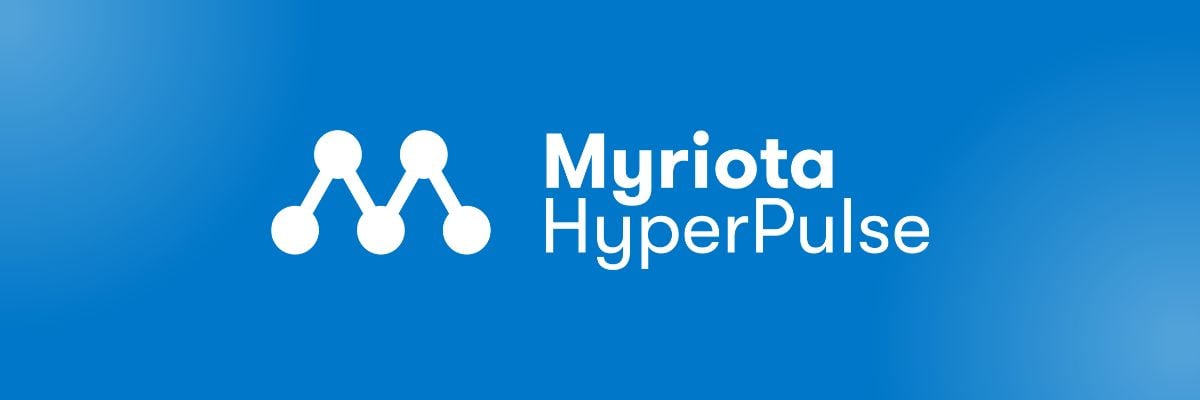NASA Search and Rescue announces partnership with Australia’s leading space research centre SmartSat CRC
8 Sep 2020

Myriota is excited to be part of the collaboration between South Australia’s SmartSat CRC and NASA’s Search and Rescue office, and the benefits this will bring to Australia and our space industry.
Adelaide, Australia – 8 September 2020 – In a significant boost for developing Australia’s space economy, NASA Goddard Space Flight Centre (GSFC) has announced today a collaboration with SmartSat CRC to advance distress-related communications and navigation technology benefiting the U.S. and Australia.
“The current technology behind search and rescue distress-related emergency beacons can be unreliable in certain instances due to a lack of messaging integration and a high rate of false alarms. We anticipate that the research collaboration between the SmartSat CRC, NASA and Myriota will lead to the development of technology that will provide a much more targeted service than what is currently available, and give first responders greater confidence and access to crucial information in emergency situations.”
Alex Grant, Co-Founder & CEO, Myriota
The cooperation with NASA, announced by GSFC deputy director for research and technology investments Christyl Johnson, will help to build Australia’s Space industry by developing leading edge technology and expertise with the partners involved in the SmartSat project. These include University of South Australia, Safety from Space, Myriota, Black Art Technologies, Flinders University, and the Australian Maritime Safety Authority. The NASA’s Search and Rescue office is led by mission manager Lisa Mazzuca, who attended the Australian Space Forum in Adelaide with Christyl Johnson in February this year, when initial concepts of the projects were discussed.
“This collaboration is part of a more systematic and broader activity between NASA GSFC and SmartSat CRC and opens the door to a lot of possibilities for the Australian space community. We are delighted to be partnering with Goddard’s Search and Rescue office, joining their push towards the Moon and beyond.”
Professor Andy Koronios, CEO & Managing Director, SmartSatCRC
Specifically, the SmartSat research team, led by Safety from Space’s Co-Founder Dr Mark Rice, will propose new designs for the waveform of the 406 MHz signal sent by beacons through the CospasSarsat network. “These new designs will further modernize second-generation beacons, taking advantage of encoding techniques not available when the Cospas-Sarsat network was developed in the 1970s. This will enable possibilities for new initiatives for users, emergency management professionals and first responders. Future phases of the SmartSat collaboration could support exploration initiatives like the Artemis missions, which will return humans to the Moon for the first time since Apollo.”
NASA will equip Artemis astronauts with second-generation beacons for use in the event of egress from capsule after splashdown or a launch abort scenario. The Search and Rescue team is working to extend beacon services to the lunar surface with the LunaNet communications and navigation architecture.
“Investment in early stage collaborative and internationally relevant R&D, supported by programs like the SmartSat CRC, are critical for generating intellectual property and Australian capability. Projects which are driven from a strong base of research and innovation contribute to investment, job creation and economic activity via commercialising outcomes.”
Alex Grant, Co-Founder & CEO, Myriota
“Myriota itself was founded as a result of outcomes from just such a $5M research program, leading to over $50M of private investment and now employing over 40 staff in Australia and Canada. We are thrilled that the SmartSat CRC is continuing to collaboratively spearhead the adoption of new technologies that lead to the development of new commercial products that address real-world needs. We are proud to work alongside SmartSat CRC in Adelaide’s innovation neighbourhood, Lot Fourteen, and look forward to continuing collaborating with its team.”
